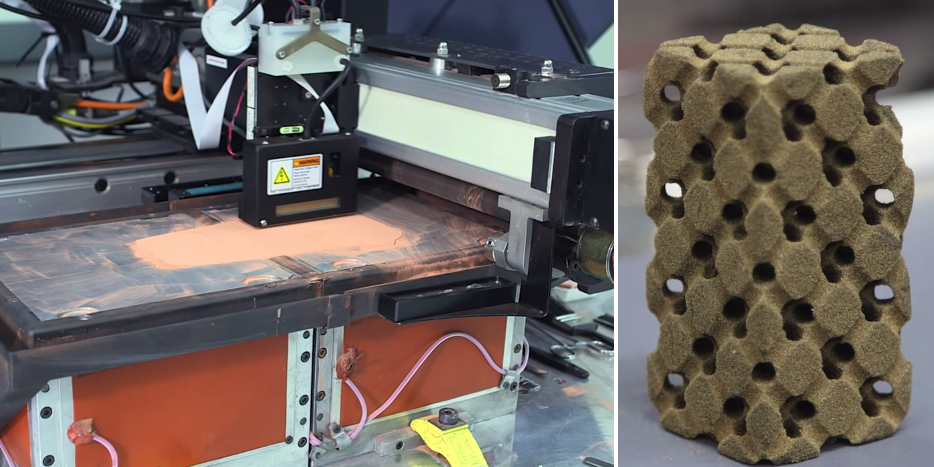You may recall a story we’ve covered in the past pertaining to a machine called the Dream Vendor 2.0, developed by the Mechanical Engineering Department at Virgina Tech University. It’s a vending machine of sorts for 3D printers. These machines allow students and faculty to upload a design and have them 3D printed in a fashion similar to how a traditional vending machine works.
While this itself has been quite a development, the school’s 3D printing endeavors and studies certainly don’t end here. In fact, Dr. Christopher Willams, an Associate Professor in the Department of Mechanical Engineering at VT, is currently working on a machine that can 3D print copper parts and components. While the 3D printing of metal is nothing new, as there are several companies who already make DMLS (direct metal laser sintering) machines, as well as EBM (electron beam melting) 3D printers, Williams and team have devised a different type of printer that can print using a metal which isn’t exactly the easiest to work with.
“What we are doing that’s different, is that we are printing copper,” Williams explains. “It’s a really tricky metal to create. We are working with a process called binder jetting. In that process, you’re using an ink jet head to actually selectively jet glue into a bed of (copper) powder, one layer at a time. Once the part is created in that fashion, we then take it to a furnace to then sinter or fuse the particles together to make the metal part.”
In essence, they are looking to add nanoparticles to the jetted glue, expecting that this will fill in the empty pockets which are formed during sintering.
“We hope [that this will] improve its sintering performance and its mechanical performance and its electric conductivity,” explains Williams. “We hope that we’ll be able to share these results, and enable engineers and designers to design new copper products for energy applications, thermal applications, structural applications with any kind of complexity that you can imagine.”
